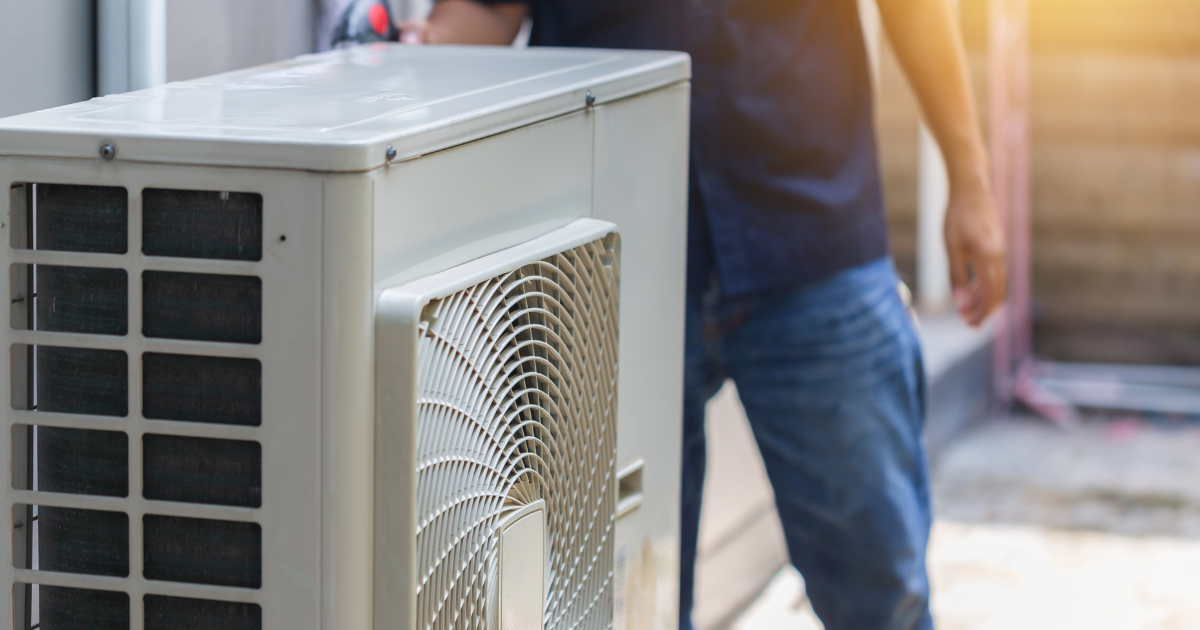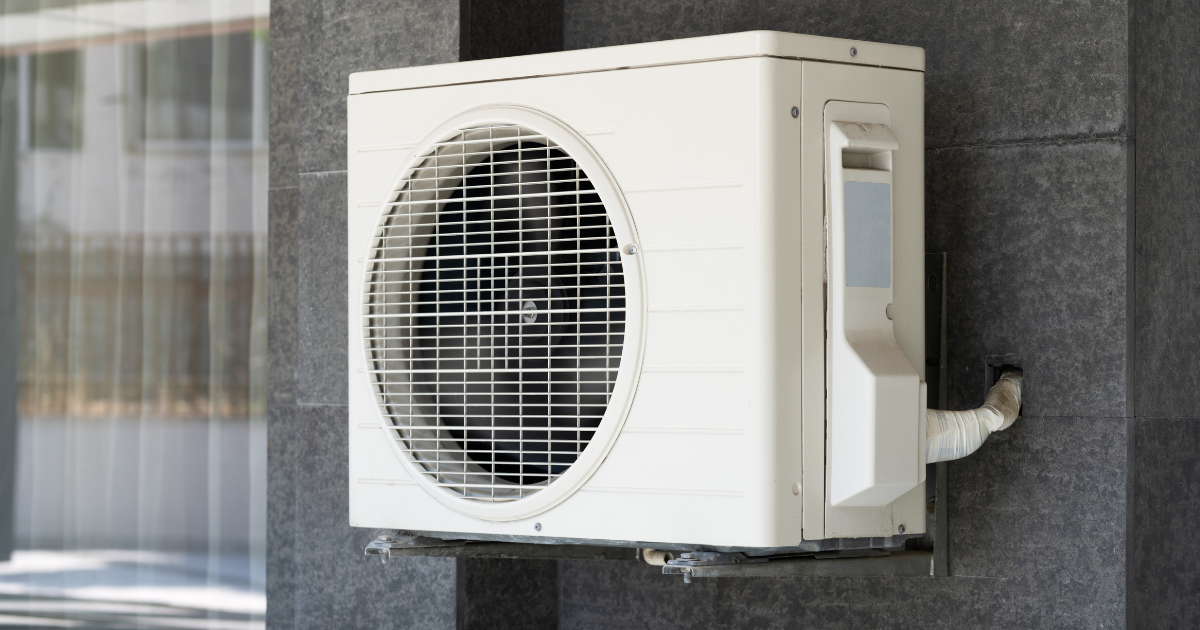How Your Office Space Contributes to Employee Productivity
In the workplace, productivity has a direct connection with efficiency and profitability, but the average office has countless forms of distraction, from whatever’s heating up in the microwave to notifications on your phone, that can reduce productivity.
Creating a productive, efficient work environment that also cultivates fun and employee growth is a difficult balancing act. Let’s take a look at some simple ways you can foster a productivity and happiness at work.
1. Check your ventilation.
When you think about it, you’re breathing in the recirculated air of the other employees in the office. It’s no wonder that germs spread so quickly, and older office buildings are susceptible to harmful molds and toxins, like asbestos. Employees can’t be productive if they are constantly ill.
Stale air alone is enough to hamper concentration. Poor air quality often means high humidity and low oxygen. In other words: uncomfortable. Studies show that increased carbon dioxide levels impair cognitive abilities, like decision making.
Make sure your HVAC system is regularly maintained and that the filters are regularly cleaned. Crack open your windows or keep some plants in the office to invite some fresh air in.
2. Mind the thermostat.
Climate control is one of the greatest developments in modern history, but since its inception and integration into commercial spaces, the thermostat has caused a great struggle between two factions: those who are always cold and those who are always hot.
The problem comes from the fact that most office buildings have a one-size-fits-all temperature design. How you deal with temperature is based on all kinds of factors—age, weight, body type, activity levels. And generally, air conditioning systems don’t affect all parts of the office equally.
Temperature has a significant effect on employee productivity. Being uncomfortable is a distraction, so at least some part of your attention is focused on how cold or hot you are instead of on the assignments at hand.
Various studies consider the “optimal” temperature for the average office. Cornell University believes that 77° F is the best temperature for offices, while OSHA recommends an optimal range of 68° to 76° F. It may seem better to take the average and go with 75° F, but a difference of just a few degrees can reduce productivity up to 5%.
Your best bet is to err on the warmer side. Cornell’s study showed that colder temperatures led to greater typing errors.
Make sure your air conditioning system is working properly. The thermostat may not indicate the actual temperature. Furthermore, you can encourage employees to bring mini-heaters and blankets or fans.
3. Rethink lighting.
Lighting has an immense effect, not only on productivity, but also many of the basic functions going on inside your body. Sunlight is the best light around. Fluorescent lights, which are the most common choice for offices, have unfortunately been linked to a variety of issues, including migraines and eye strain.
Artificial lighting also has a harmful effect on your natural sleep cycles. Light directly affects your body’s melatonin production. Melatonin is the hormone that keeps your biological clock in check and is most important in the realm of sleep. At night, your body floods with melatonin, making you feel sleepy. While light should have the opposite effect, the human body is designed to respond to natural sunlight. Fluorescent lighting suppresses the production of melatonin, essentially causing you to feel sleepier as the day goes on.
Over-illumination also increases your stress levels and can even contribute to anxiety disorders and depression.
To combat these negative effects, you should consider replacing your fluorescent bulbs with LED lights, which are warmer, offer a better color temperature, and provide greater energy efficiency, saving you money in the long run.
Most importantly, try to get as much natural light as possible, whether it’s opening the blinds or encouraging employees to go outside for walks.
4. Reconsider your work culture.
Your work culture defines your company and comprises your goals, values, policies, style, and behaviors. Productivity plays off of workplace culture, and a poor workplace culture can lead to declining sales, high turnover, and displeased employees.
No matter how much they live and breathe their jobs, employees want to spend time with family, friends, and loved ones. Many companies offer that opportunity with flexible schedules, allowing employees to work from home or set their own work hours.
While that sounds out of reach, telecommuting isn’t as difficult as it once was. Studies show that flexible hours lead to greater productivity and satisfaction.
That’s just one idea of many. Work culture differs from office to office. Culture is present in your workplace whether you created it purposely or not—so you might as well enjoy the benefits of playing an active role in establishing a company culture you’re proud of!
With some simple modifications around the office and in your company policies, you can find ways to foster a positive, engaging environment for your employees. Good luck!

Bob Jenson
For over 45 years, Bob Jenson has been providing quality heating and air services to the San Diego community.
Request Service
Please fill out the form below to request an estimate or schedule service.
"*" indicates required fields







